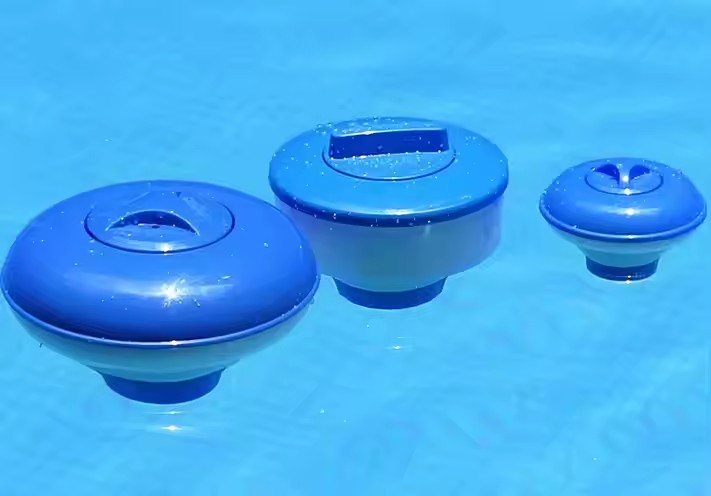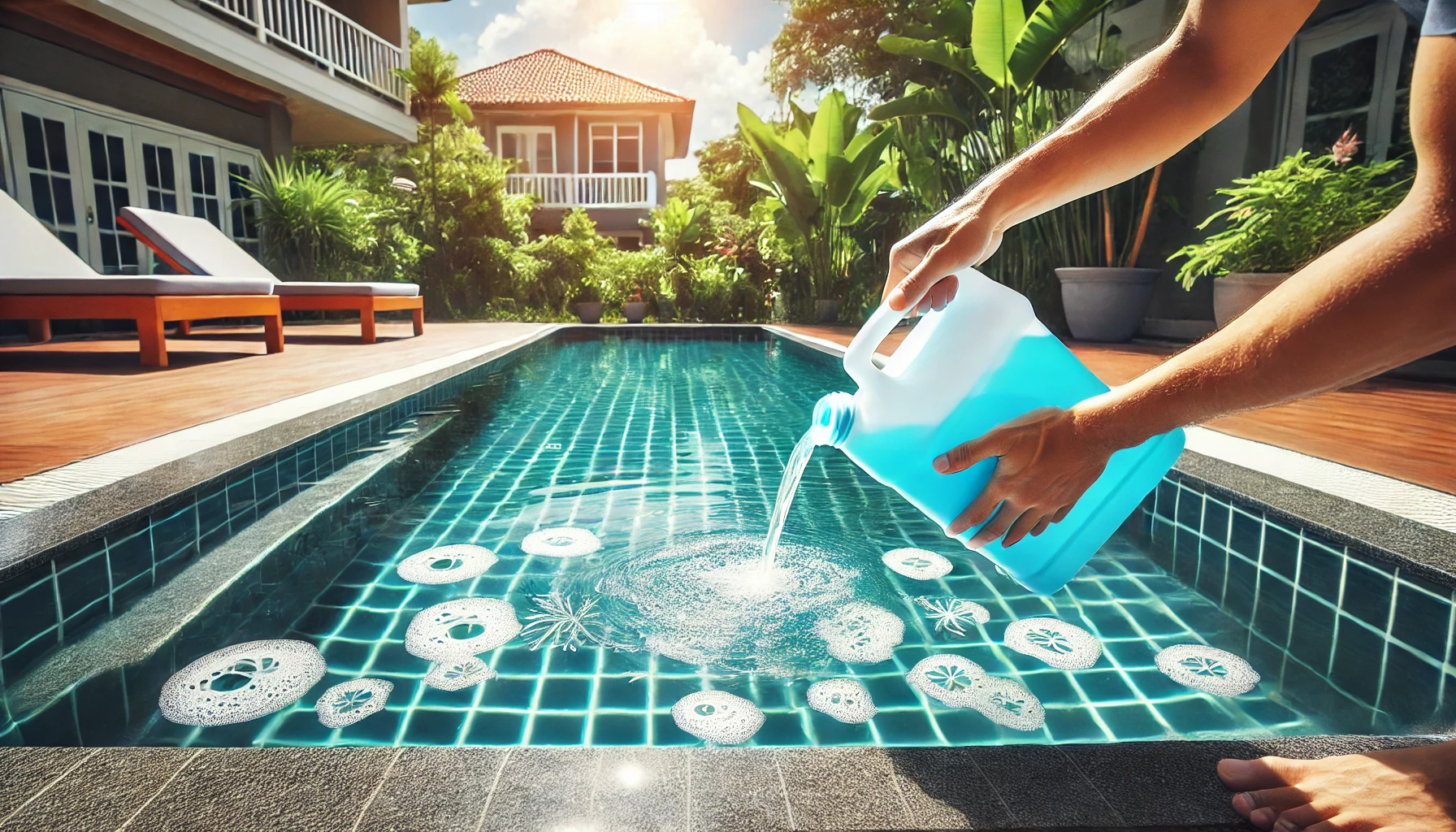How Does a Sand Filter for a Swimming Pool Work?
A sand filter plays a crucial role in maintaining the cleanliness of your swimming pool. It operates by utilizing a layer of sand to trap and remove debris from the water. As the pool water flows through the filter tank, the sand bed acts as a mechanical barrier, capturing larger particles and preventing them from returning to the pool. This filtration process effectively removes dirt, leaves, and other contaminants. Additionally, sand filters also provide biological filtration, where beneficial bacteria in the sand bed break down organic matter, further purifying the water. To ensure optimal performance, regular backwashing and maintenance are essential to keep your sand filter functioning efficiently.

The Filtration Process
A sand filter employs a two-step filtration process to keep your pool water clean and clear: mechanical filtration and biological filtration.
1. Mechanical Filtration
During mechanical filtration, the pool water enters the filter tank and flows through the sand bed. The sand in the filter acts as a barrier, trapping larger particles and debris suspended in the water. As the water passes through the sand, it undergoes a sieving process, with the fine grains of sand capturing unwanted contaminants. This prevents them from reentering the pool and ensures that the water remains free from visible debris.
2. Biological Filtration
In addition to mechanical filtration, sand filters also provide biological filtration. Within the sand bed, beneficial bacteria naturally colonize and thrive. These bacteria play a vital role in breaking down organic matter present in the pool water. Through their metabolic processes, they convert harmful contaminants and impurities into harmless byproducts. This biological filtration helps eliminate pollutants such as ammonia and nitrates, resulting in cleaner and healthier pool water.
By combining both mechanical and biological filtration processes, sand filters offer an effective means of removing debris and purifying your pool water. Understanding how these processes work together is essential for maintaining optimal performance of your sand filter system.
Backwashing and Maintenance
Proper backwashing and regular maintenance are crucial for ensuring the optimal performance and longevity of your sand filter system.
1. Backwashing
Backwashing is a process that reverses the water flow through the sand filter, flushing out trapped debris and contaminants. Over time, as the sand bed accumulates particles, it becomes less effective in filtering the water. By backwashing, you essentially clean the sand bed by dislodging and removing these trapped impurities. This process restores the filter’s efficiency and maintains proper water flow, allowing it to continue effectively capturing debris from your pool.
To backwash your sand filter, you’ll need to follow specific steps outlined in your filter’s manual. Typically, it involves turning off the pump, setting the valve to “backwash,” restarting the pump, and letting it run for a specific duration. It’s important to note that backwashing frequency may vary depending on factors such as pool usage and water quality. Regularly monitoring pressure gauges or following a predetermined schedule will help determine when backwashing is necessary.
2. Regular Maintenance
In addition to backwashing, regular maintenance is essential for keeping your sand filter in optimal condition. Cleaning the filter regularly prevents clogging caused by accumulated debris or oil buildup on the sand surface. This can be done by rinsing off any visible dirt or debris from the top layer of sand using a garden hose.
Inspecting and replacing worn-out or damaged parts is also crucial for maintaining your sand filter’s longevity. Check o-rings, seals, valves, and other components for signs of wear or leaks regularly. If any parts appear damaged or deteriorated, they should be replaced promptly to ensure proper functioning of the system.
By incorporating regular backwashing and maintenance into your pool care routine, you can maximize the effectiveness of your sand filter system while prolonging its lifespan.
Keeping Your Pool Clean with a Sand Filter
Understanding how a sand filter works empowers pool owners to maintain a clean and safe swimming environment. By effectively trapping debris and contaminants, sand filters play a crucial role in keeping your pool water crystal clear. However, it’s important to remember that regular backwashing and maintenance are key to ensuring the filter’s effectiveness. By following these practices diligently, you can enjoy sparkling water in your pool throughout the swimming season. With a well-maintained sand filter system, you can relax and enjoy your pool knowing that it is providing optimal filtration and keeping your water pristine for endless hours of swimming enjoyment.


